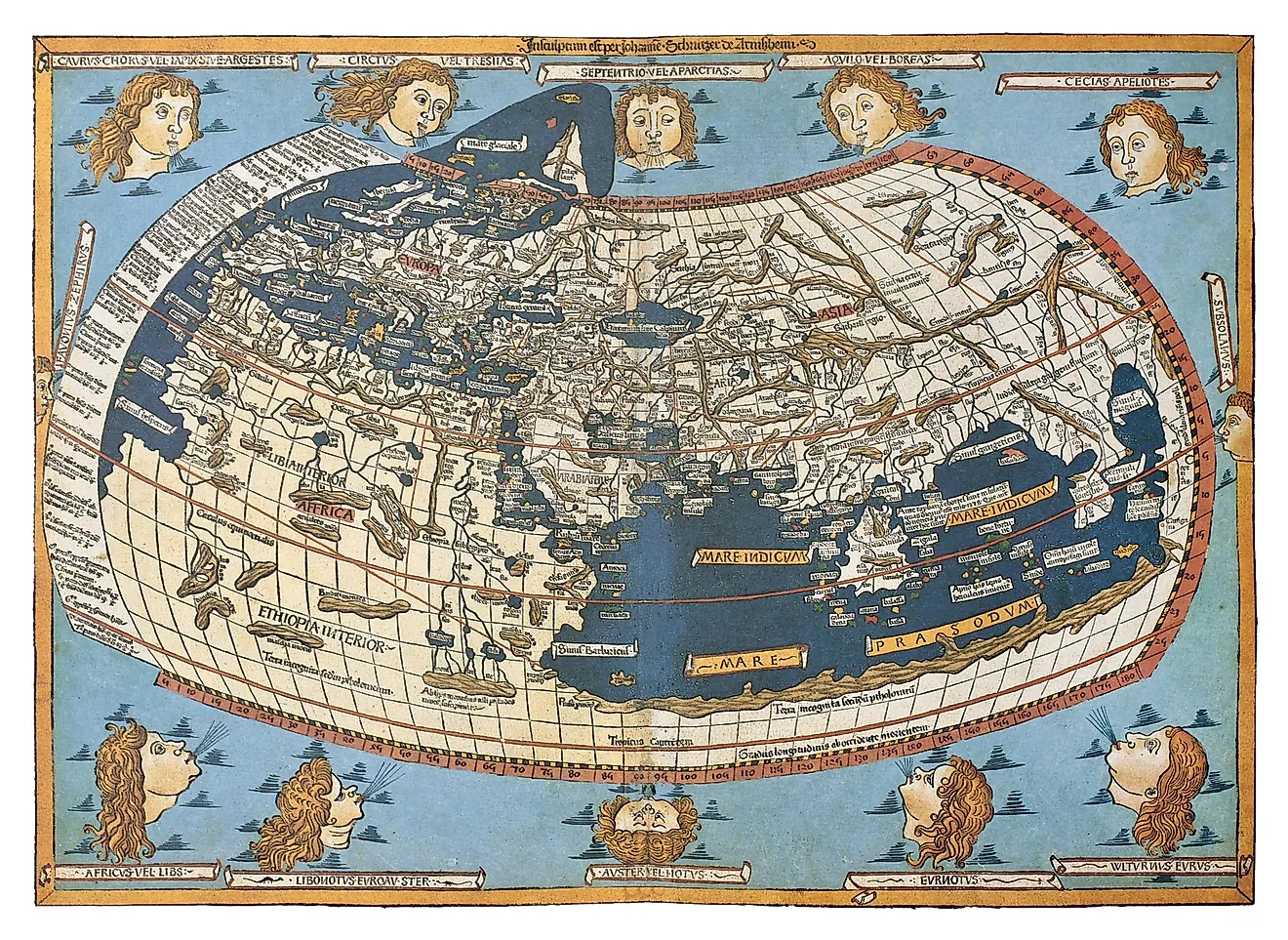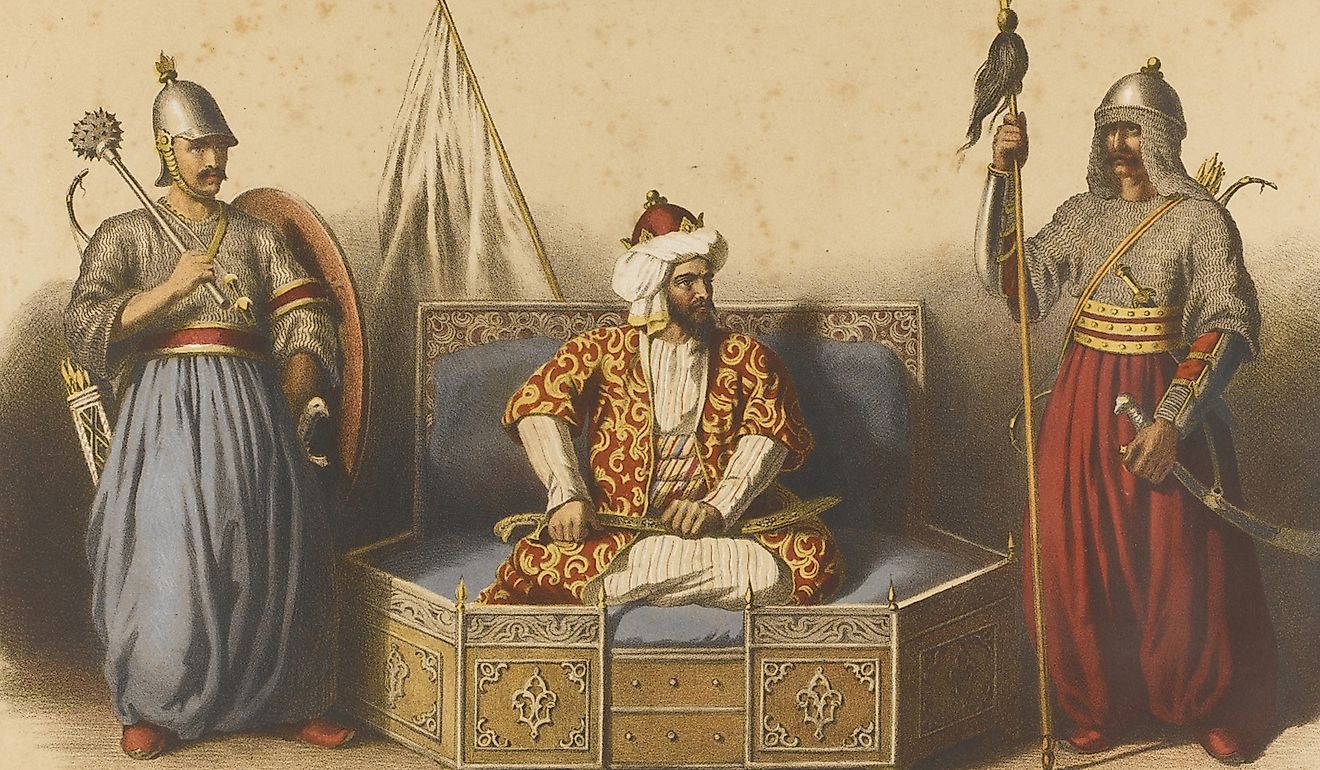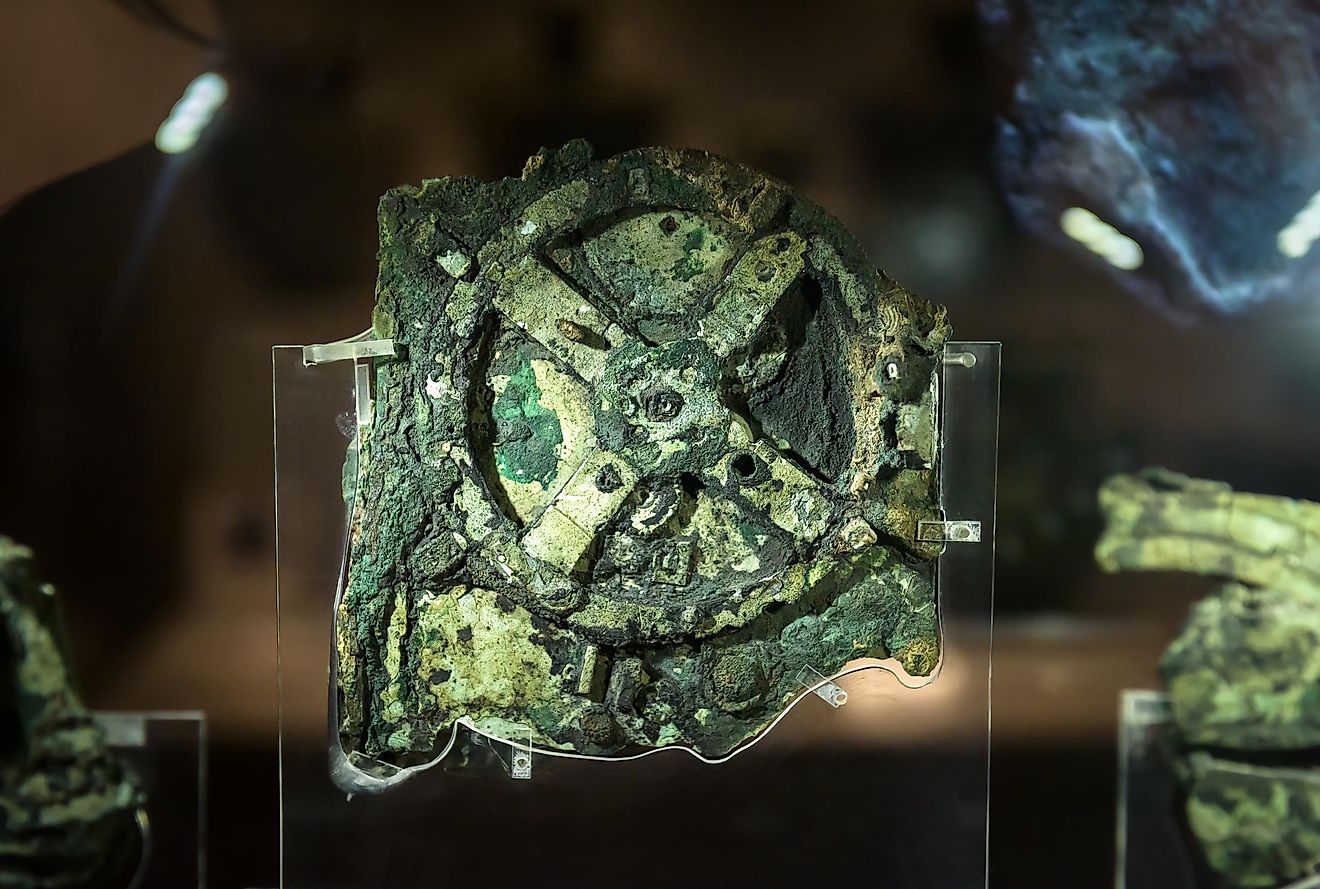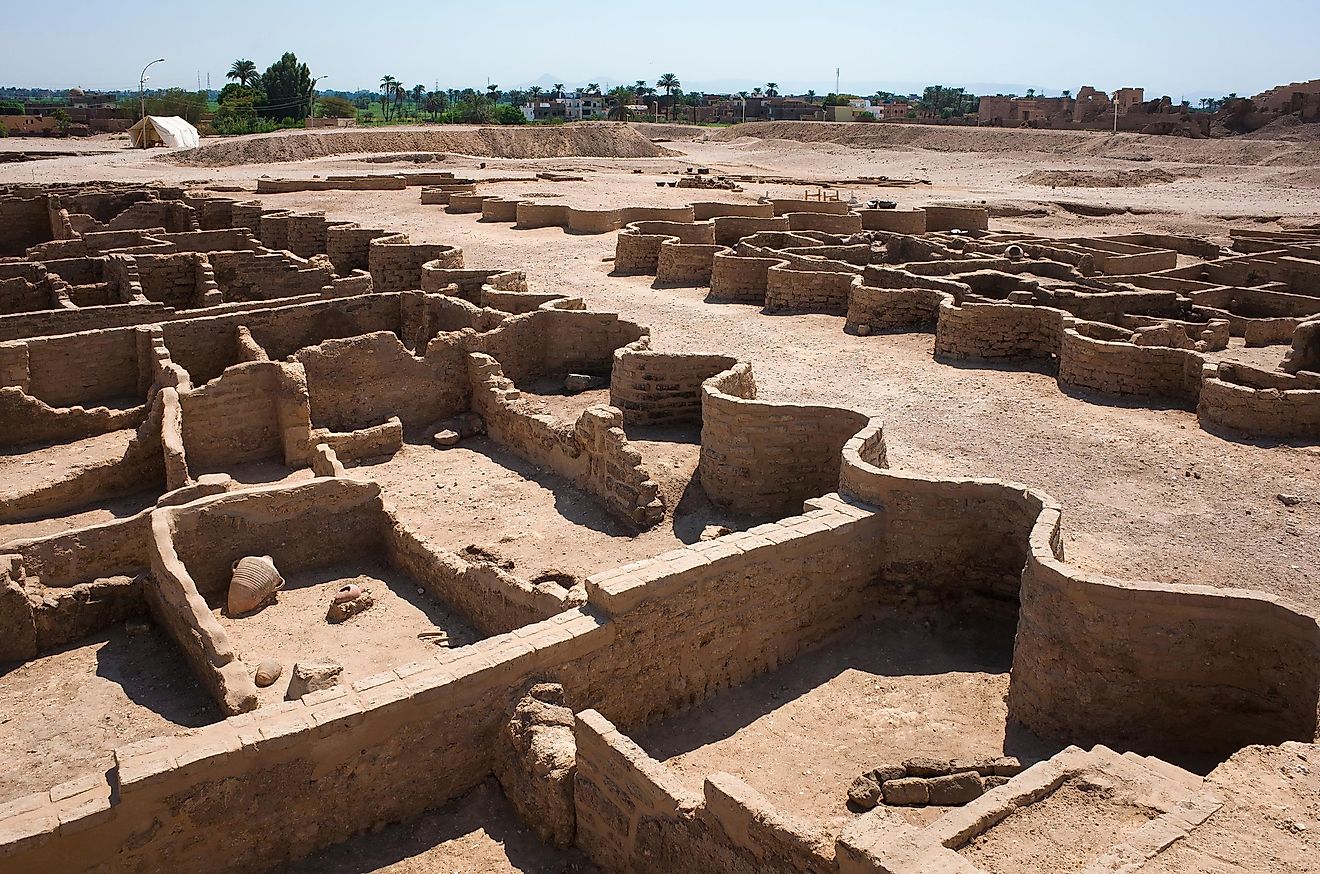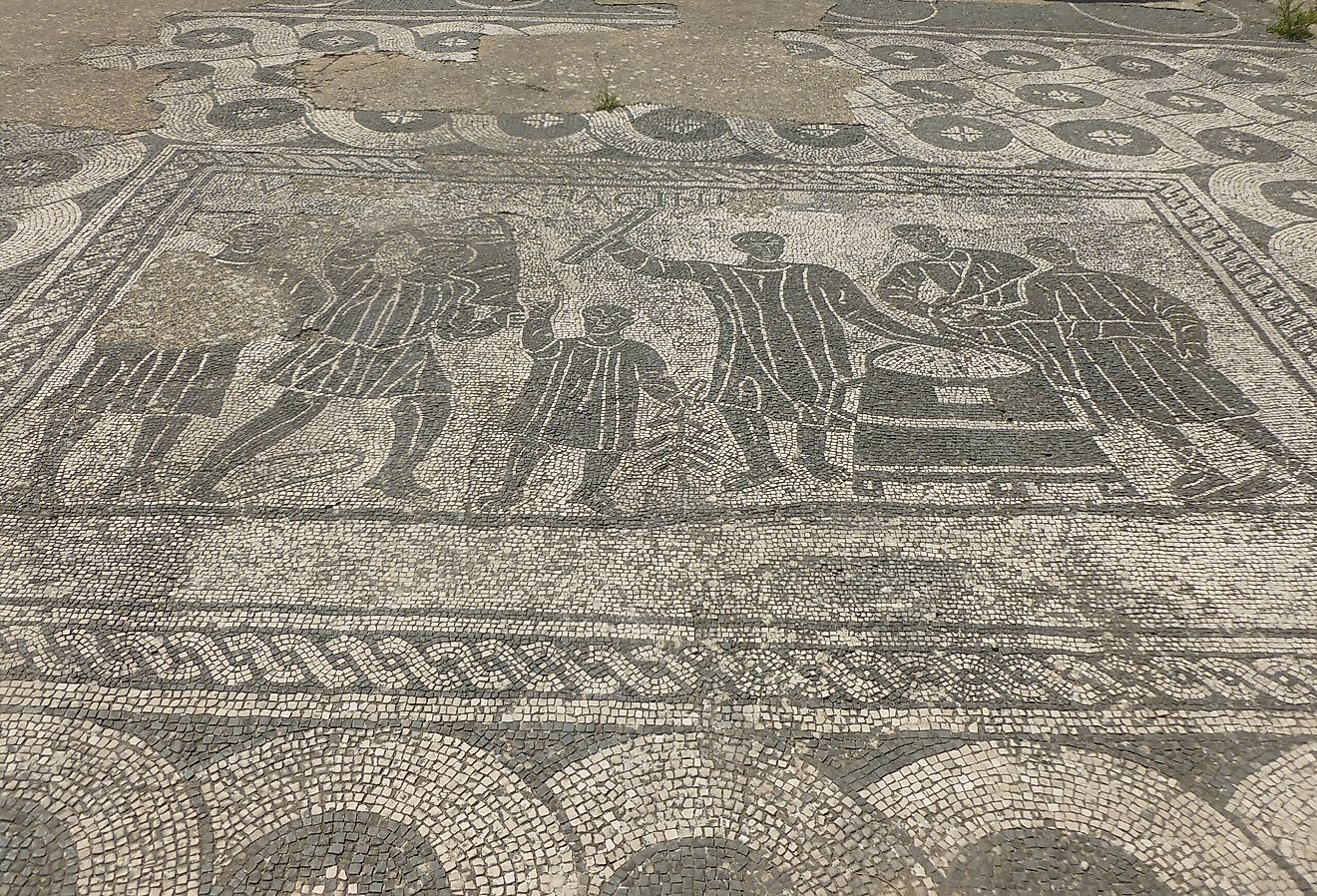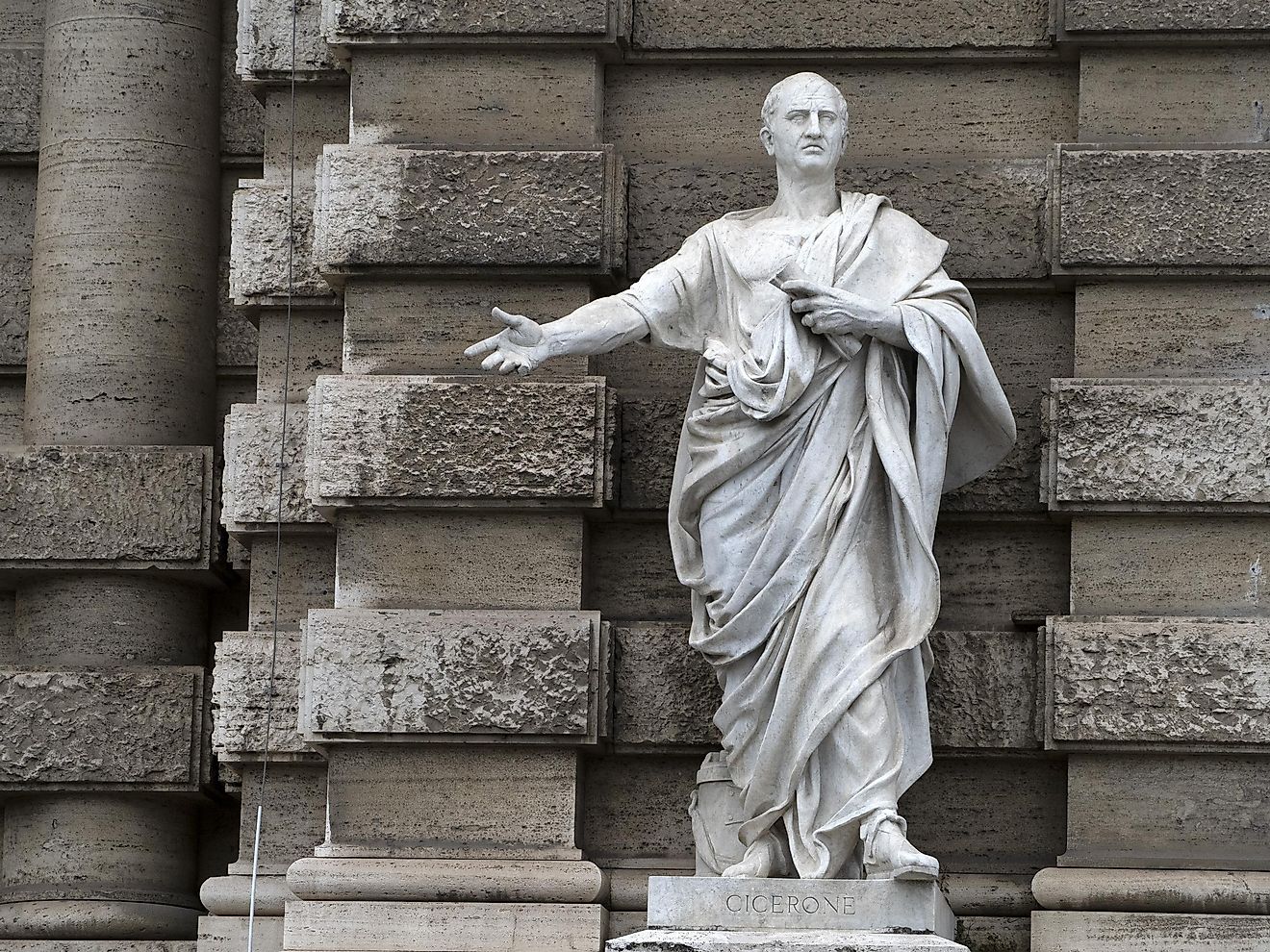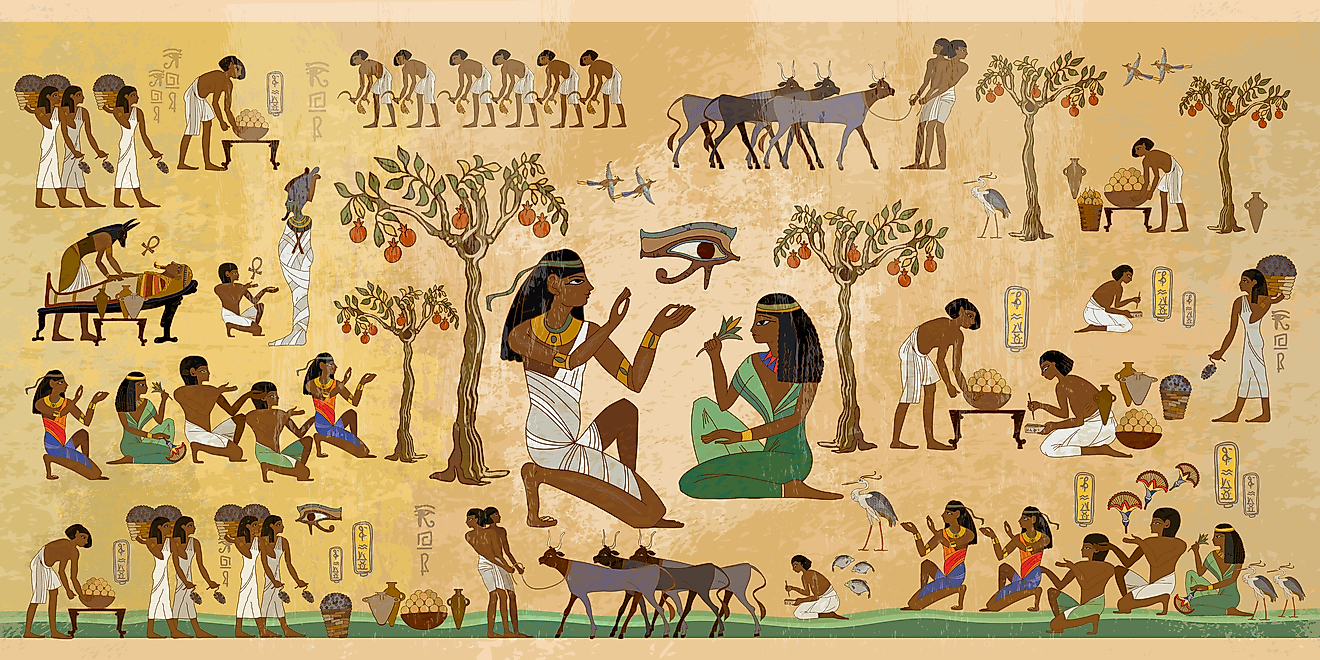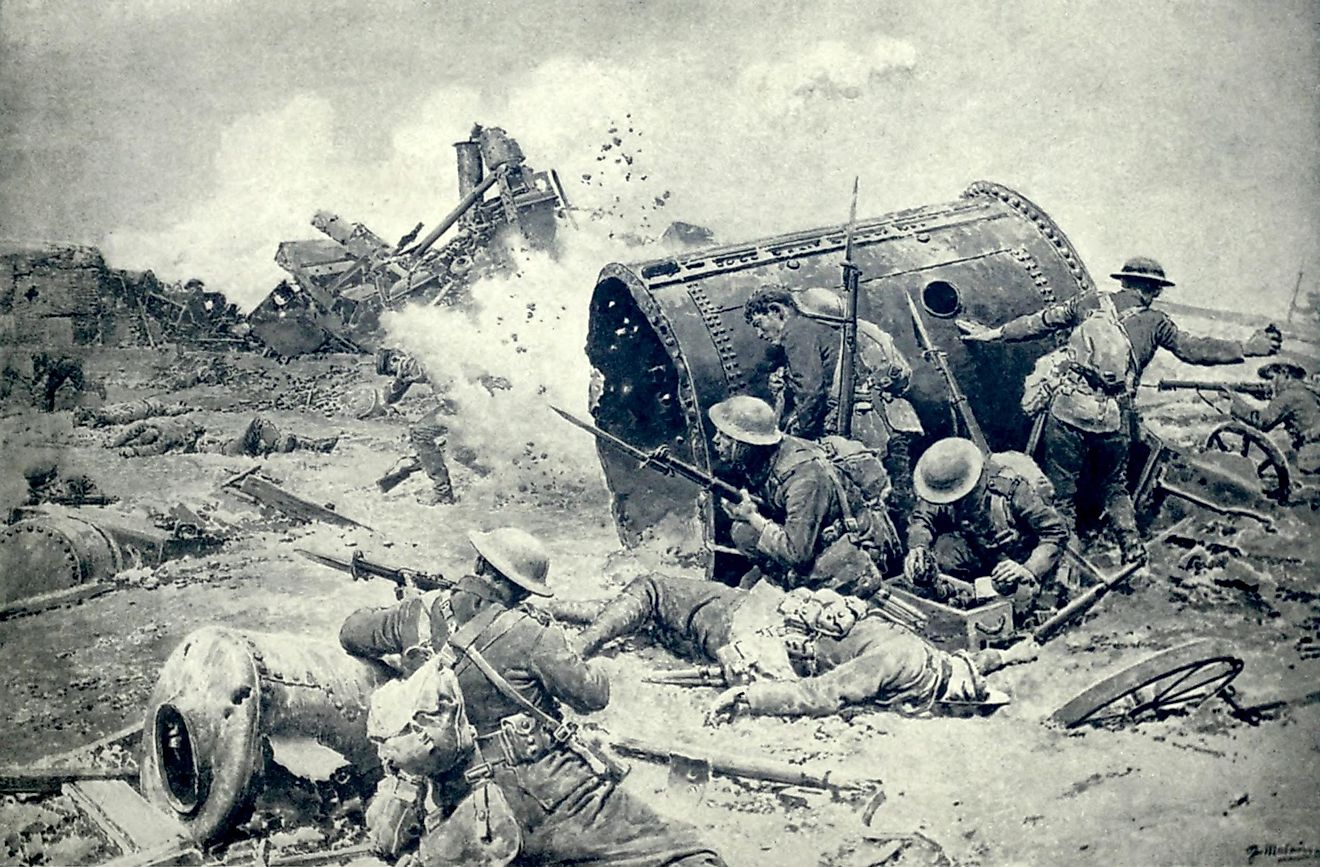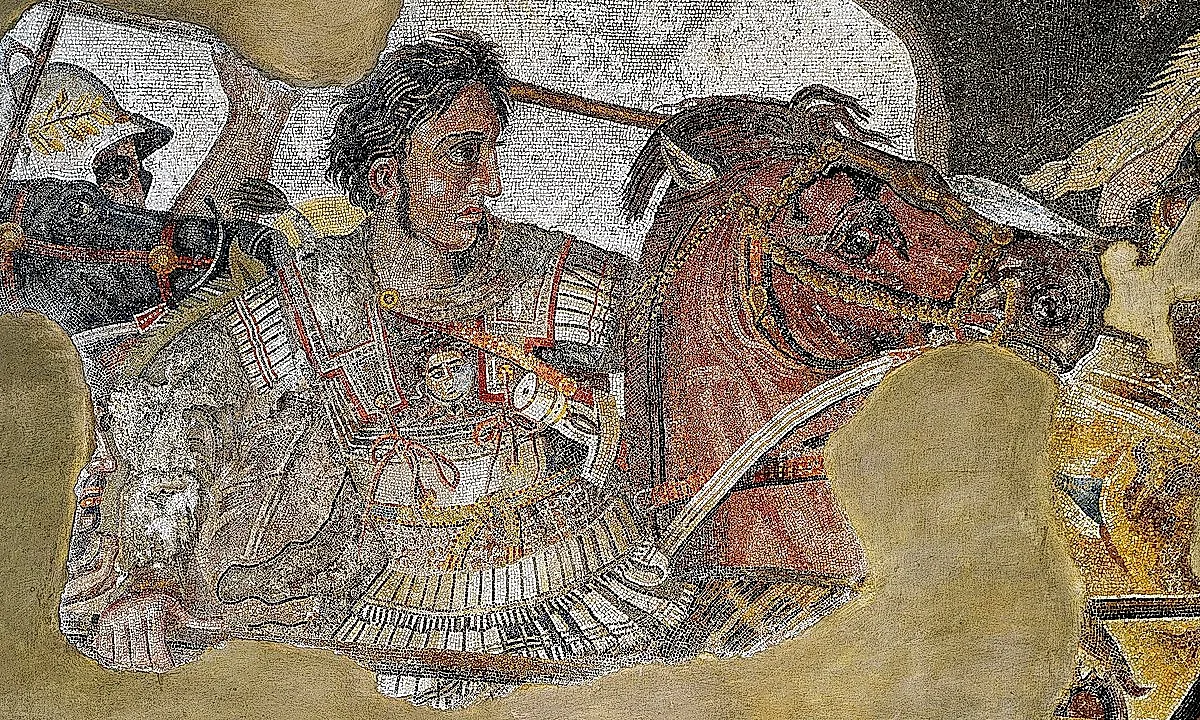
Elite Warriors Who Shaped Ancient History
The elite warriors of the ancient world had a profound impact on history in numerous ways. From besting great empires through impossible odds to conquering vast tracts of land and even the whole known world, ancient warriors devastated all who came before them. Their strategies and tactics have been copied throughout the centuries and continue to be studied to this day. Armed with only men, iron, and horses (and perhaps an elephant or two), ancient warriors crumbled empires and spread their civilizations across the continents.
Leonidas I (Sparta c. 540-480 CE)
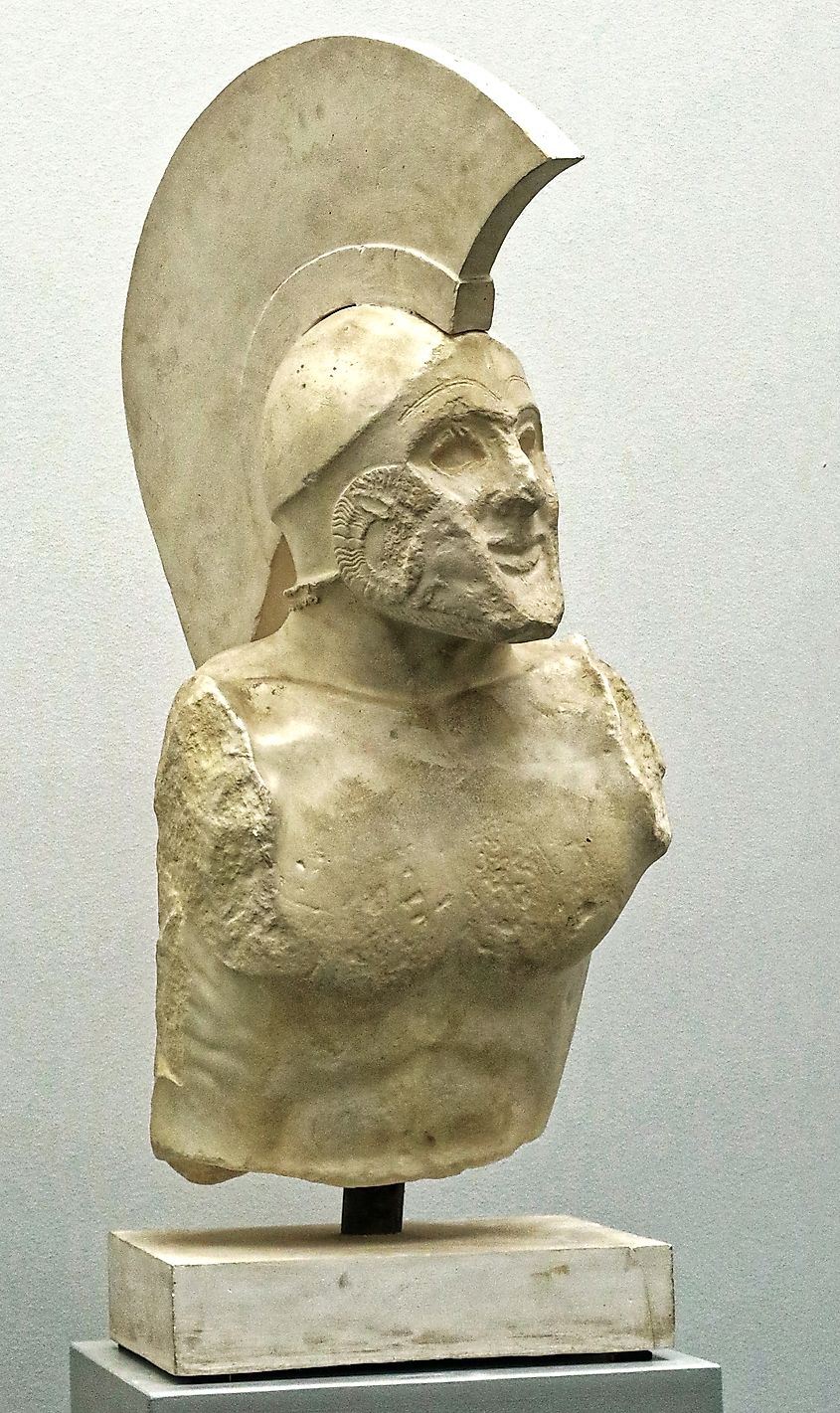
"Molon Labe!" Come and take them, Leonidas, King of Sparta, famously uttered when a messenger from the Persian army asked him to surrender and for his men to lay down their weapons. This was the scene of the infamous last stand of the 300 Spartans at Thermopylae. Sparta, renowned for its martial culture since ancient times, led the main effort to repel the Persian invasion of Greece. Outnumbered 10 to 1, the Spartans and their allies were tasked with blocking the only pass through the mountains and delaying the Persian invasion force until reinforcements could arrive.
Leonidas and his warriors held off the vastly superior enemy for two days, until a local shepherd betrayed them, informing the Persians of a route to flank Leonidas's defenders. The battle-hardened Spartan king sent away the bulk of his army, staying behind with only the Spartan, Theban, and Thespian contingents of his army. Well aware that they would not survive the fight, the Greek defenders mounted a courageous last stand, although they held off the Persian invaders long enough for the Greek city-states to mount an effective defense; they were killed to the last man. Leonidas's brave deeds and actions were celebrated by the Greeks and admired to this day.
Alexander the Great (Macedonia, 356-323 BCE)
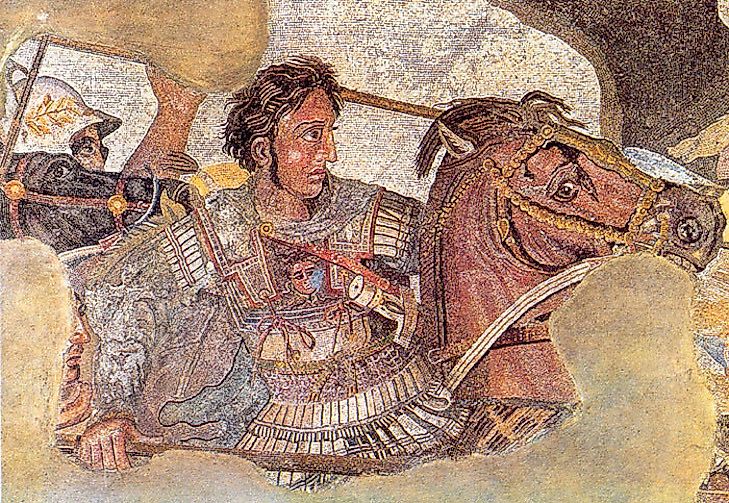
Perhaps the most outstanding military leader in history and certainly the most successful in the ancient world, Alexander conquered almost the entire known world at his time, all before the age of 33. Assuming the throne at the age of 20, when his father, Phillip of Macedonia, died, Alexander carried on his father's goal of conquering the Persian Empire. In his conquering, or what Alexander termed "liberating" of cities and regions throughout the Persian empire, the young Macedonian warrior took Babylon, Egypt, and Syria. Encircling the massive Persian empire and whittling it down piece by piece, Alexander sacked the capital, Persepolis, burning much of the city.
Following the conquest of Persia, Alexander led his armies eastward, conquering Afghanistan and Pakistan, thereby extending his empire to the edges of the Indus River. Terrified by the Indian use of elephants on the battlefield and weary from their years of constant warfare, Alexander's men refused to go forward. The Macedonian Emperor adopted the Persian title Shahanshah (King of Kings) and planned to expand his empire. After a long night of drinking, the Greek general and prince died in Babylon at the age of 32. Initiating hundreds of years of Hellenistic influence on the rest of Asia Minor and inspiring military tacticians from the past to the present, Alexander was surely destined for greatness.
Hannibal (Carthage 247-183 BCE)
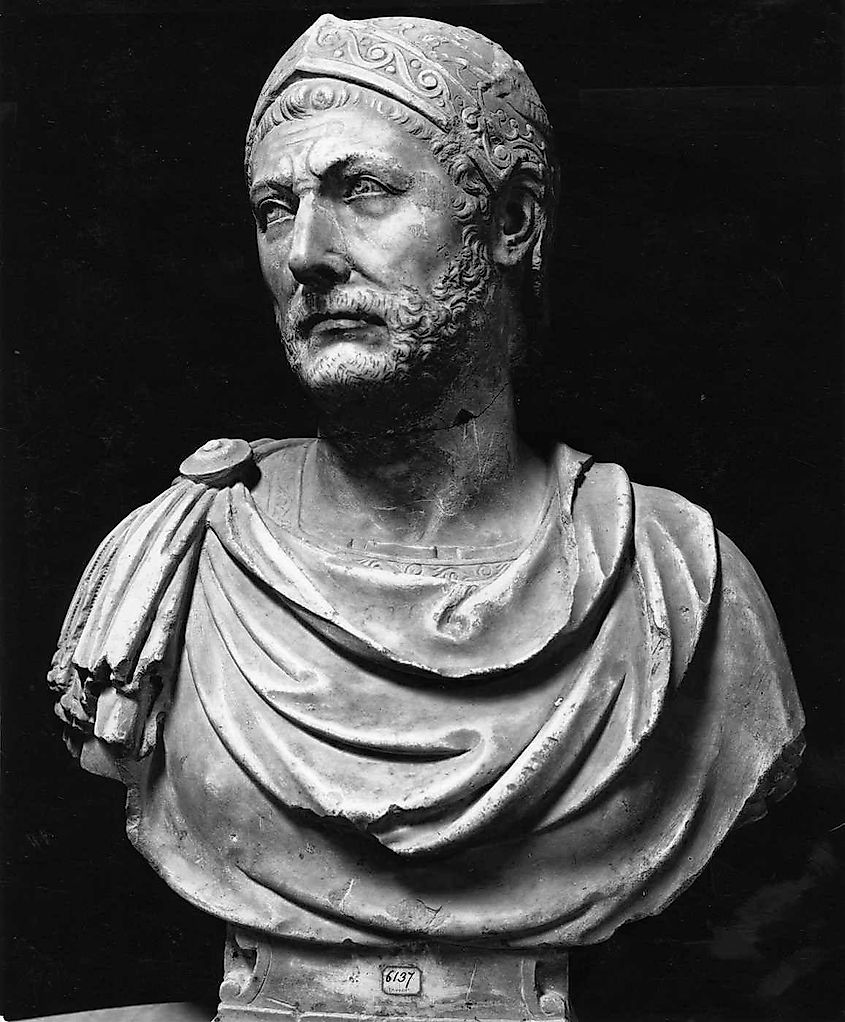
A glass plate photograph of the marble bust of Hannibal Barca. The bust of the Carthaginian general was discovered in the Italian city of Capua in 1667. The Roman era bust was made between the 1st century BC and 4 century AD (I sec.a.C.- IV sec. d.C.). It is preserved in the National Archaeological Museum of Naples. The photograph was taken by Fratelli Alinari in the National Archaeological Museum, Naples, Italy, circa 1900.
Hannibal was truly the scourge of Rome. For years after his death, Roman mothers would frighten their unwilling children to bed with the phrase "Hannibal is at the gates!" In fact, the Carthaginian general would have likely sacked Rome had his countrymen sent him reinforcements and supplies when he requested them. Hannibal was trained by his father to be a military commander from the age of nine, taking command of an army at age 25. Rome and Carthage battled for supremacy in the Mediterranean world in a series of battles known as the Punic Wars. It was in the Second Punic War that Hannibal launched his legendary campaign against the Italian Peninsula. Cleverly portraying himself as a liberator, Hannibal recruited forces from across Spain on his way to the Alps. Crossing the mountain range with roughly 40,000-50,000 infantry, 9,000 cavalry, and about 37 elephants, they arrived in Italy with around 20,000 infantry, 6,000 cavalry, and a few surviving elephants.
After crossing the Alps, Hannibal won decisive victories at Ticinus, Trebia (218 BCE), and Lake Trasimene (217 BCE), seizing much of northern and central Italy. Laying waste to the Roman army, Hannibal waited out the winter and attacked again in the spring. With Rome in his sight, the brilliant general realized he no longer had the resources to attack the city. Hannibal requested fresh troops and supplies from Carthage, only to be denied by the Senate. The Romans attacked Carthage itself, luring Hannibal back to North Africa and ultimately leading to his defeat. Hannibal's tactics and his bold crossing of the Alps, however, guaranteed his place in military history.
Spartacus (Rome, Died 71 BCE)
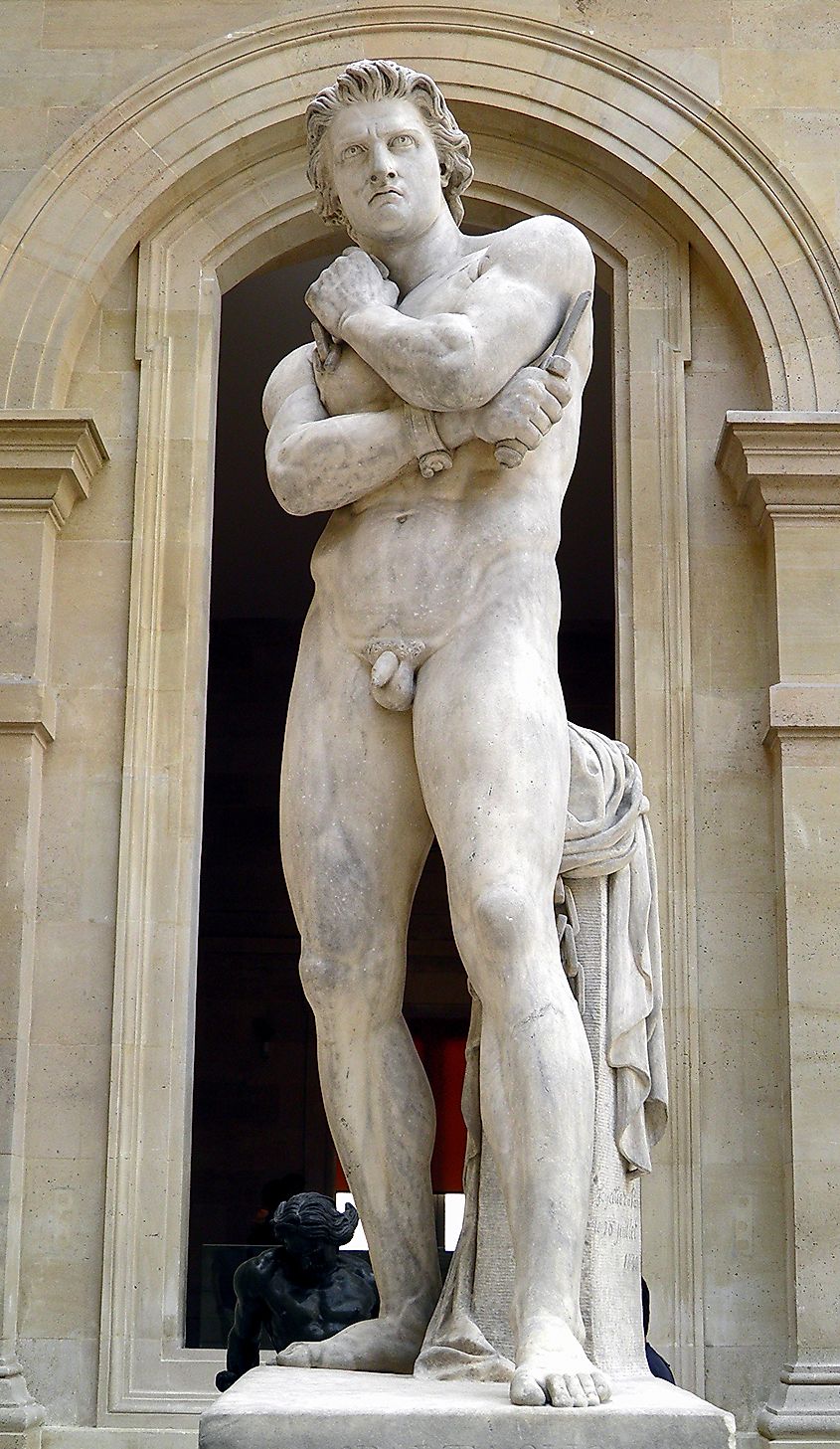
Spartacus, a Thracian slave who was hauled off to Rome to become a gladiator, led the most successful slave revolt in history. While at a gladiatorial school in Capua, Spartacus led around 70 to 78 of his fellow slaves in an escape. Armed with kitchen knives, the escapees came across a carriage of weapons and looted it. Gathering other slaves as well as shepherds and herdsmen to his cause, Spartacus's army soon swelled to 70,000 men. The rebel army ravaged central Italy, raiding small villages and towns for food and supplies. Although they soundly defeated two Roman armies, Spartacus knew they did not stand a chance to take the city itself, and so he led his rebel army north, attempting to split up and return to their native homes in Gaul and Thrace.
However, the slave revolt's victories had emboldened his men and greatly concerned the Roman Senate. With many of his men refusing to leave Italy, Spartacus hired pirates to take the ragtag force to Sicily. Spartacus never made it to the island, although his money did; he was ambushed at Bruttium, and he was able to break through, but 6,000 of his troops were killed. Finally cornered at Lucania, Spartacus was dead, alone and surrounded by the enemy. The rebel slave fought to the death. Remembered as a freedom fighter who challenged one of the most powerful empires in history, Spartacus remains an eternal symbol of rebellion and resistance.
Attila the Hun (Hunnic Empire 406-453 CE)
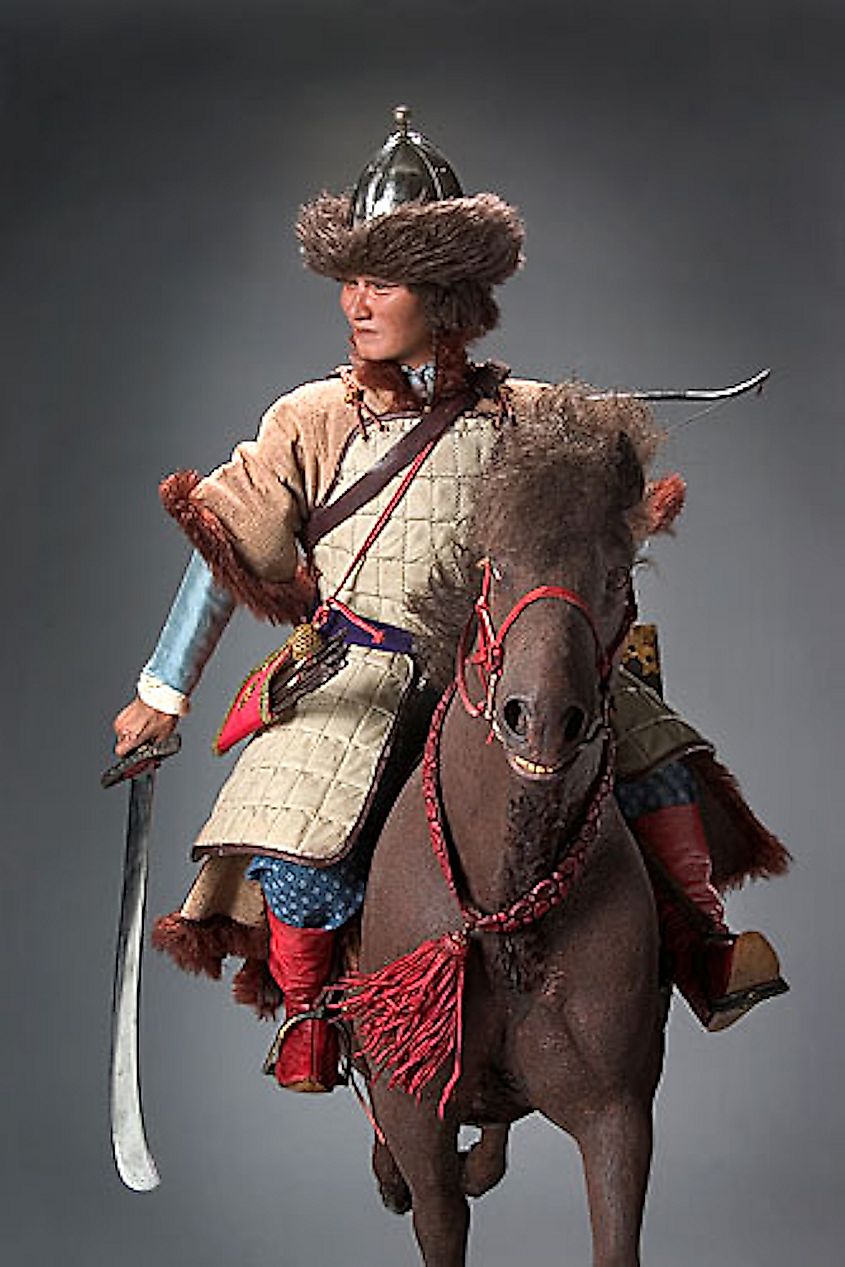
One name terrified the Romans more than that of Hannibal or Spartacus, the name of Attila, King of the Huns. Known throughout the ancient world as the scourge of the gods, the barbarian warrior amassed an empire spanning from Central Asia to modern-day France and down through the Danube Valley in just ten years. The Huns were brilliant horseman, and their army consisted of one giant cavalry. They would appear out of nowhere, catch their enemies unaware, and slaughter prisoners and civilians at will. Bribed to maintain peace by the Roman government, a message from a Roman princess suggested marriage to Attila, and he promptly demanded a dowry of half the western empire. However, the marriage offer was quickly rescinded.
This was an excuse enough for the bold general to savage Gaul and then turn to Italy itself, cutting a wave of devastation behind him. For reasons unknown, the Huns turned back at the Po River. Returning to the Hungarian plain, Attila celebrated a new wedding with too much drink and died the next day. Rome breathed a sigh of relief as their most terrifying enemy and his empire slipped into history.
From ravaging warlords to classically educated generals, elite warriors dominated the ancient world. Remembered for their bravery, ruthlessness, and ingenuity, these ancient leaders reshaped the maps of their legendary times, burning their way into history one enemy city at a time. From barbarians at the gates of Rome to the ruler of the entire known world, elite ancient warriors left a legacy of battle-tested strategies and tactics that are still studied and emulated today.

